The Ferrari Under the Bed, A Memoir and History of 0046M

by Darrell Westfaul
Ok, so there’s not literally an entire Ferrari under anyone’s bed. That chassis no. belongs to a 166 Mille Miglia from 1950, rare stuff. The author bought it when he was 21, putting all his savings into it. He kept for over 40 years, and most of that time it was in storage.
Mercedes and Auto Racing in the Belle Epoque, 1895–1915
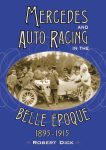
by Robert Dick
An exceptional book in terms of writing craft and research acumen takes you back to the earliest of the early days, drawing on period sources and kept on point by the author’s expertise in mechanical engineering and automotive history.
Factory Air: Cool Cars in Cooler Comfort, An Illustrated History of Automotive Factory Air- Conditioning, Vol 2, 1953: The Magical Year
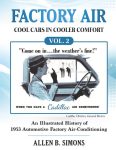
by Allen B. Simons
Full of previously unpublished information and imagery this second volume shows that AC was becoming fully established in American cars, and more importantly, fully integrated into the cabin as opposed to trunk- or window-mounted add-ons.
Delage, France’s Finest Car
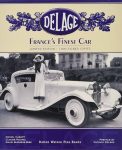
by Daniel Cabart, Claude Rouxel, David Burgess-Wise
“The Beautiful French Car” is not a slogan cooked up by a clever press person but an accolade given by the public. The serious literature on this marque is quite thin and this book goes a long way towards painting a definitive picture of the entire lifespan of the company, not just the glamour decade from the late 1920s onwards.
The Formula One Record Book
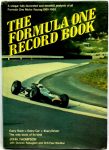
by Thompson, Rabagliati, Sheldon
Published by the Formula One Register which was established in 1966 to address the issue of incomplete factual information available in English-language sources. Nothing about this was easy, but they’re still at it and in fact branched out to cover a wider range of racing.
Yosemite, The Forest Domain of the Pierce-Arrow
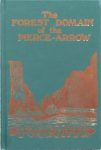
by John C. Meyer III
A commemorative book of a 1982 car club tour of Yosemite National Park where once upon a time a small fleet of Pierce-Arrows had done duty as passenger transports and also fire engines.
Cobras, The Building of the Leaf Spring Cars

by Robert Walker
Many hands touched the car that originated in the UK but then became famous because of its American-led activities. Over it’s 60-year history inaccuracies have snuck into the record so serial Cobra author Walker once again steps into the breach.
Custom Built by McFarlan
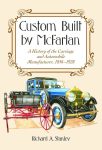
by Richard A. Stanley
It all started so promising. At one point they were counted among the American makes that could rival Rolls-Royce. From one of the earliest purpose-built industrial parks in the US they supplied other marques. The first cars were road tested on a track that became the Indianapolis Motor Speedway. Ashes to ashes.
Class of ’99: Triumph and Tragedy in the 1999 Indy Car Series

by John Oreovicz
That one year was a bleak one for fans of that series, and October especially so because one man died, a driver, who could have turned the whole thing around. Combining contemporary reporting and new interviews, this book examines multiple storylines.
The Germans: The Most Iconic German Cars and Their Era
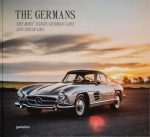
by Blake Z. Rong
You recognize the cover car—but there’s plenty more you probably won’t. The word “iconic” doesn’t help. Ever seen a Glaserati, a Garmisch, a Maybach 6? More importantly, just how do they fit into their specific time? Books, baby.
F1 Racing: The Ultimate Companion

by Bruce Jones
How many books with titles like this one do you have already?? But look who wrote it! And it’s oddly inexpensive. Unusual photos too. C’mon. Take a look already.
Sir William Lyons on Jaguar
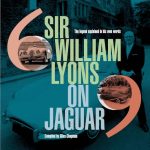
The Legend Explained In his Own Words
by Giles Chapman
Never previously published in book form, this 1969 speech by the company founder offers his perspective on its creation and place in the world. He gave few interviews in his lifetime and this speech was published only 40 years after his death.



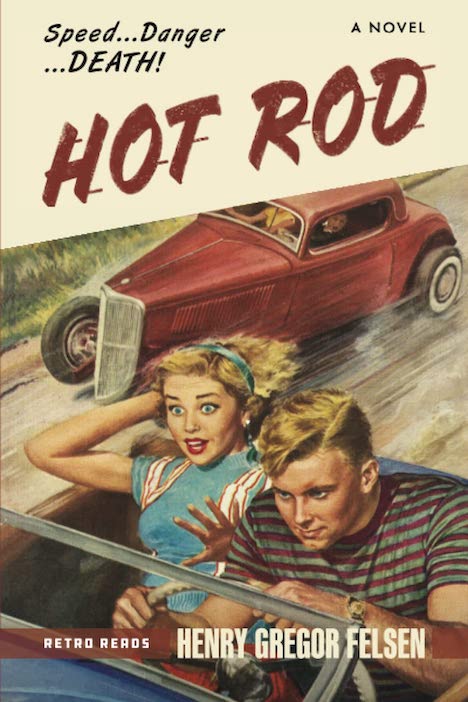
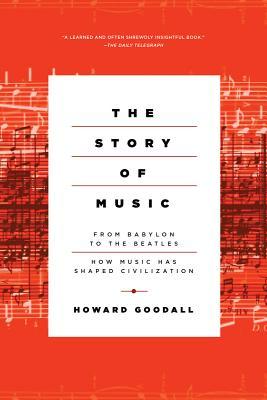
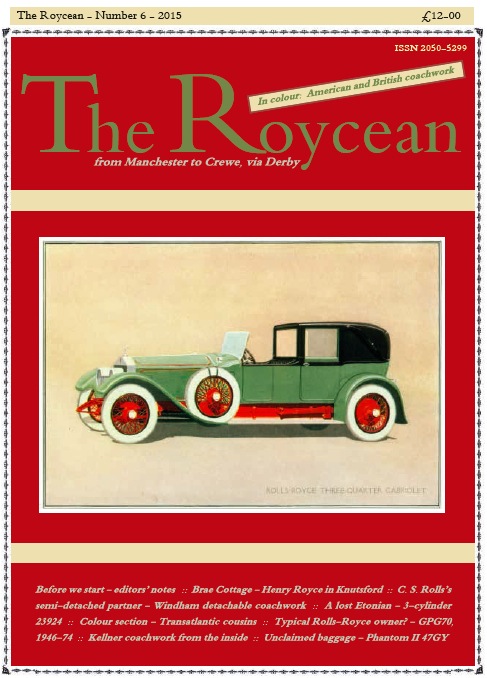
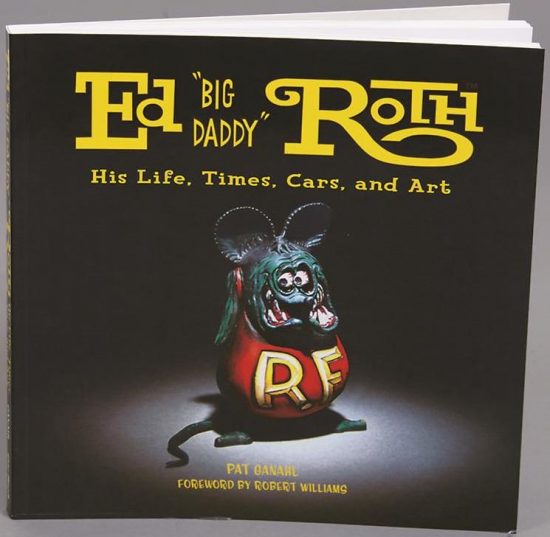


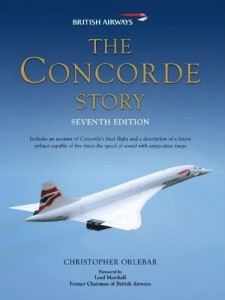
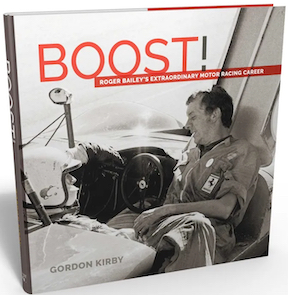
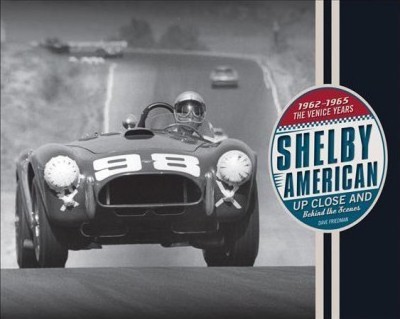

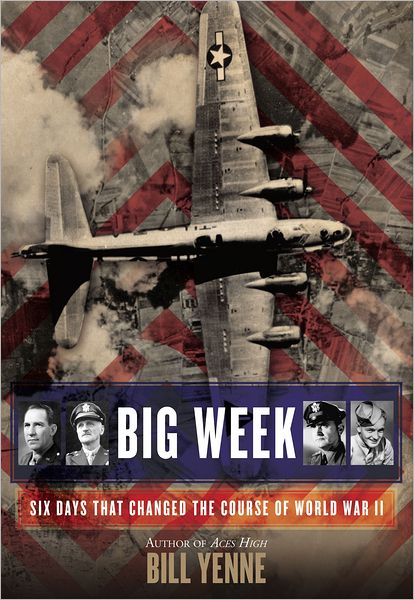




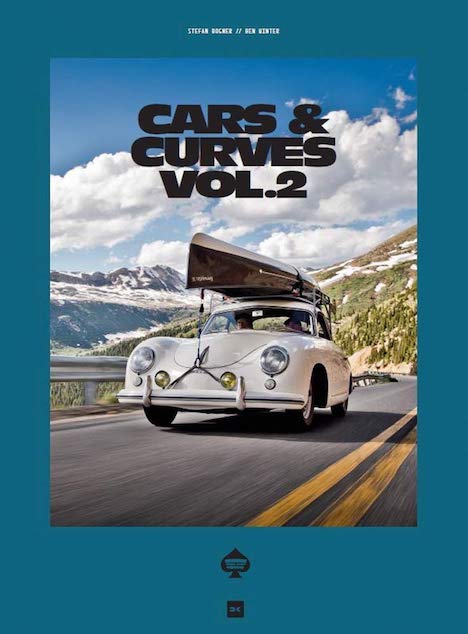
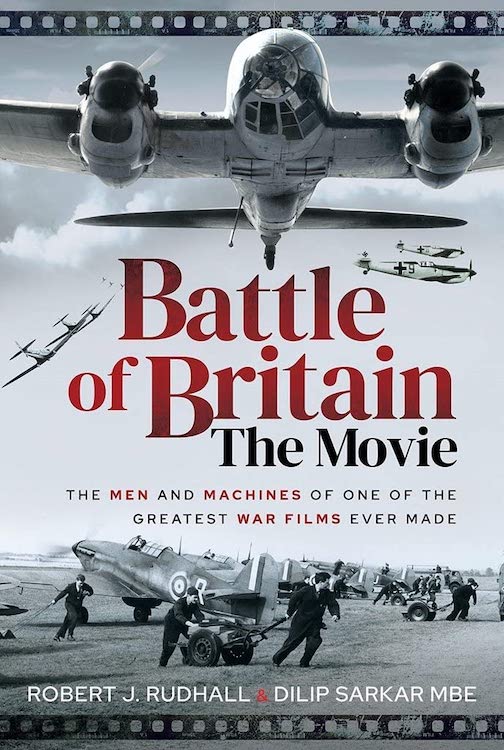
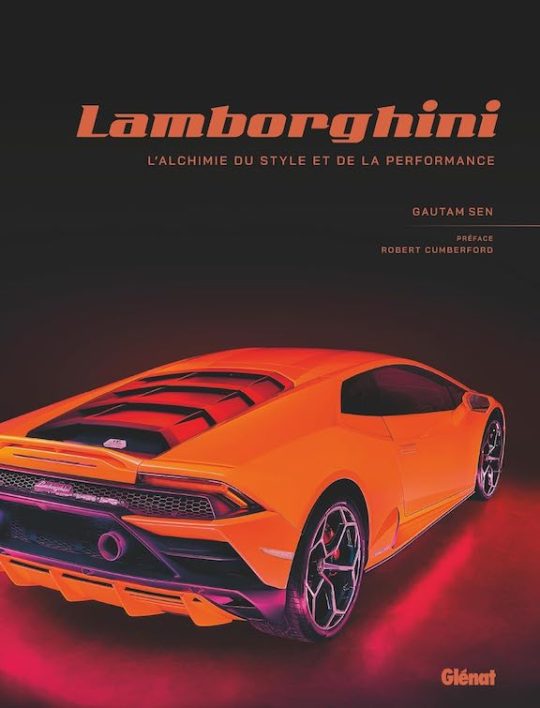

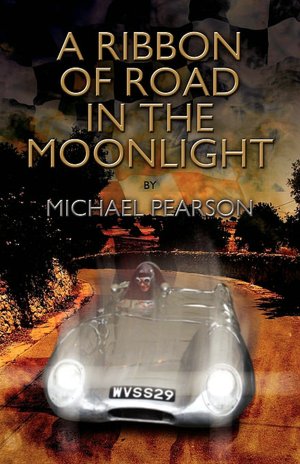
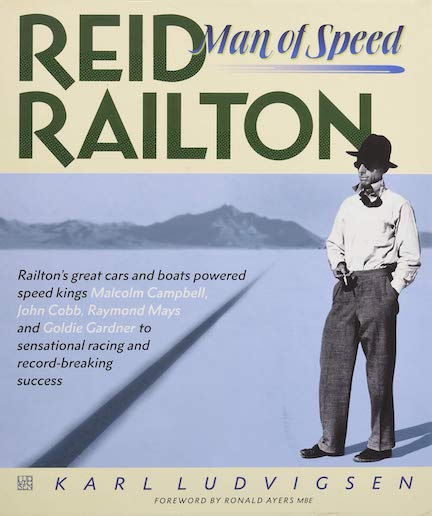
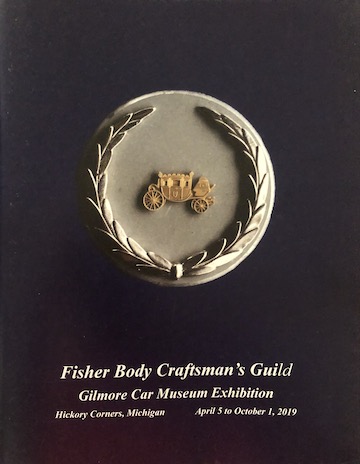


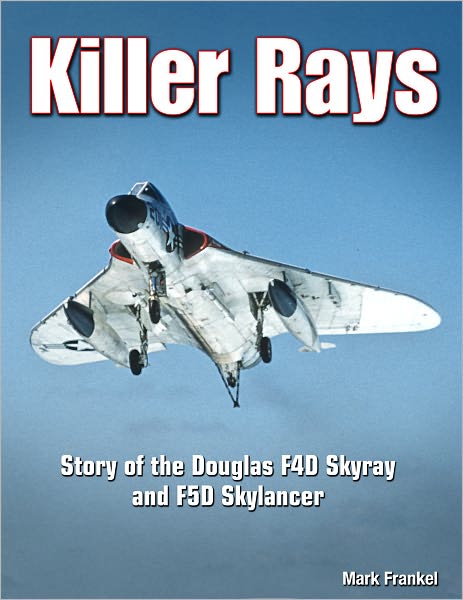

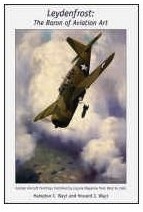
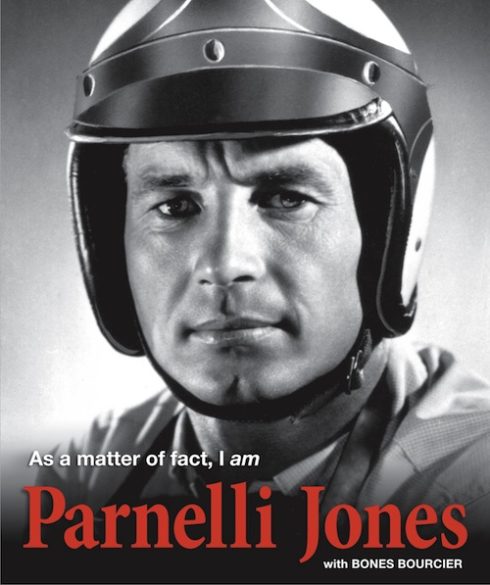
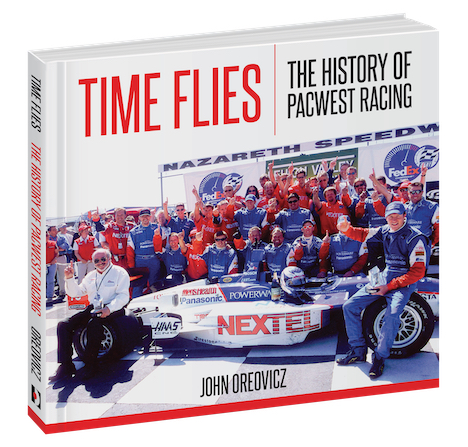
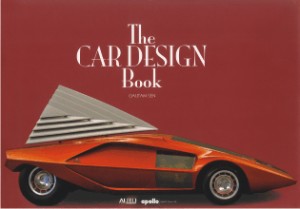
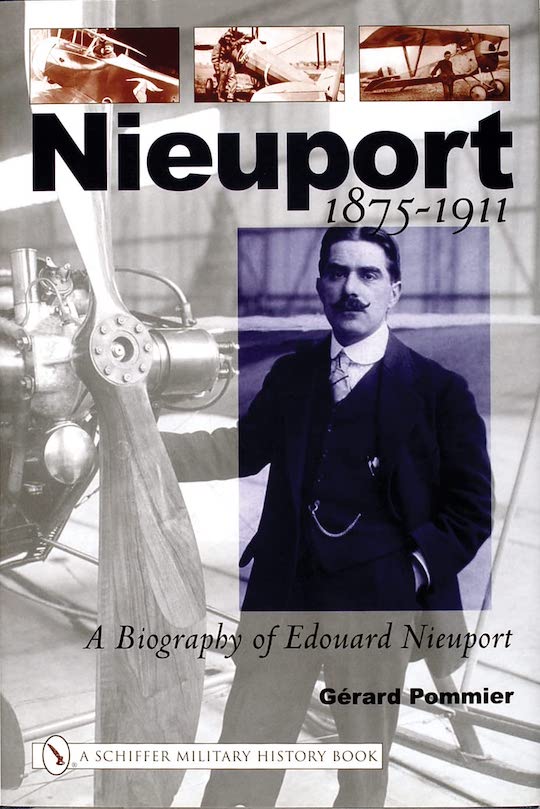

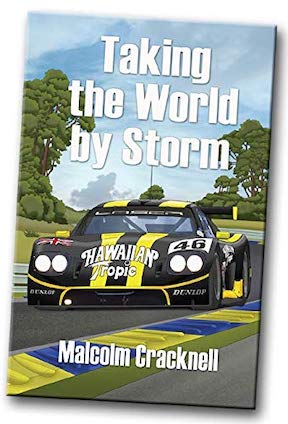

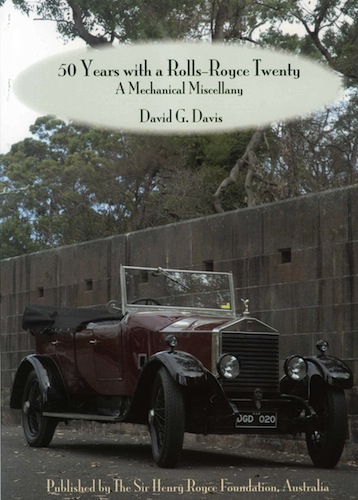
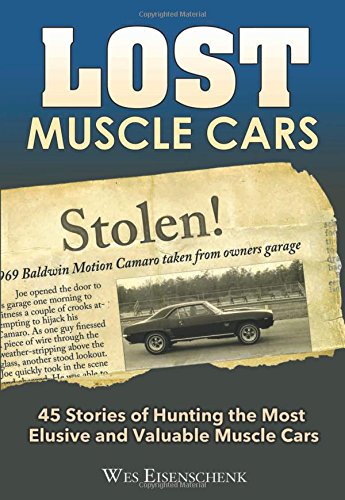
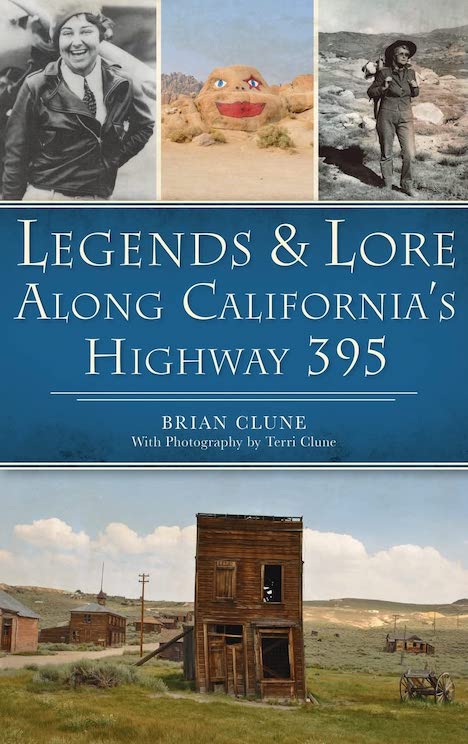
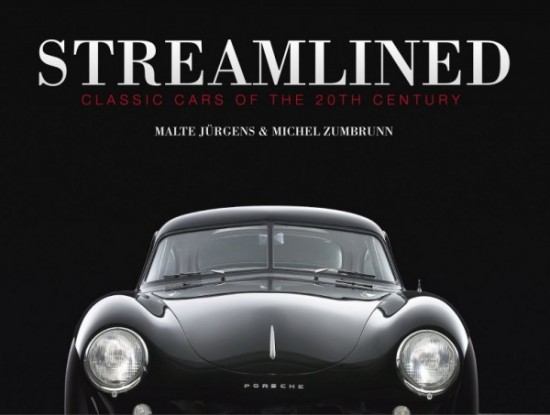
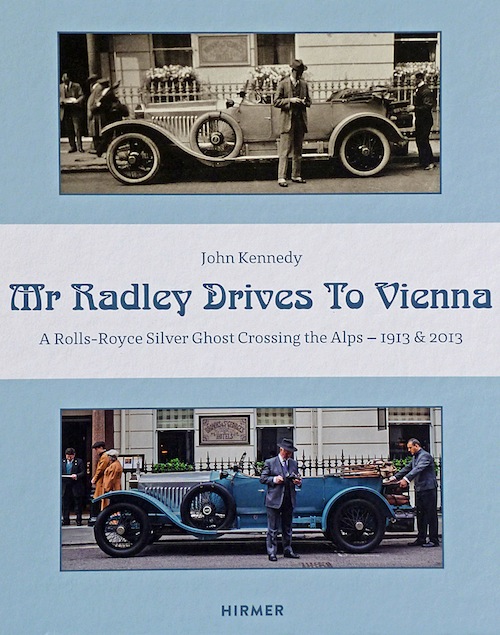
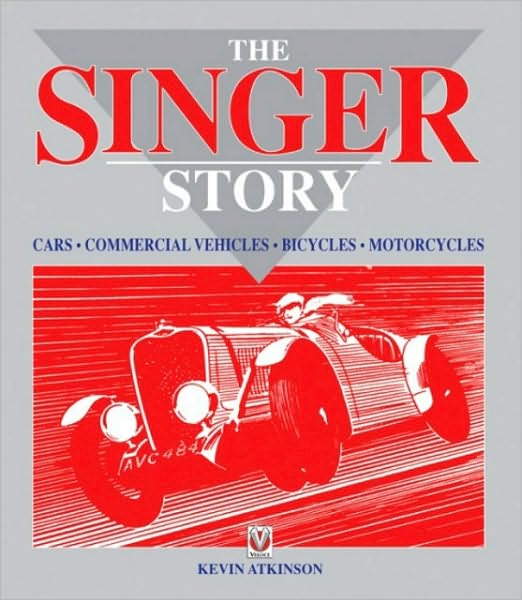
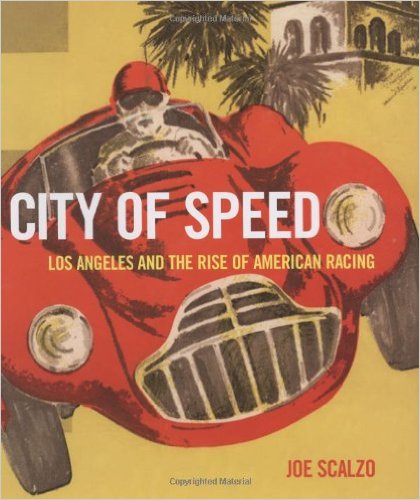
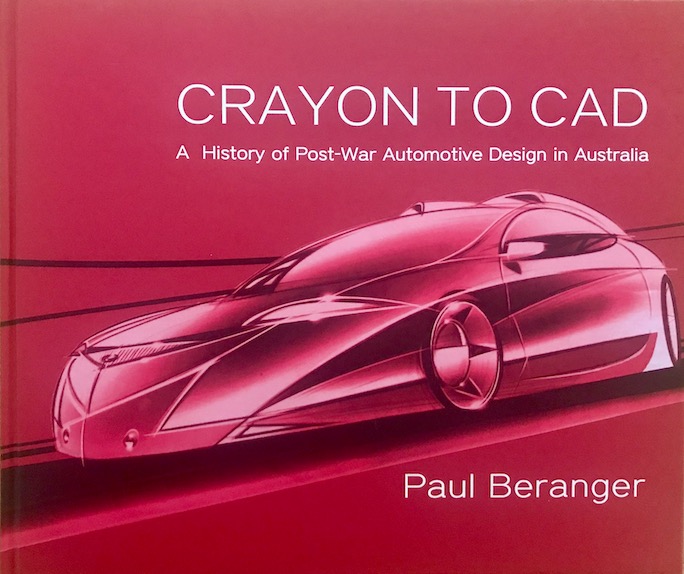

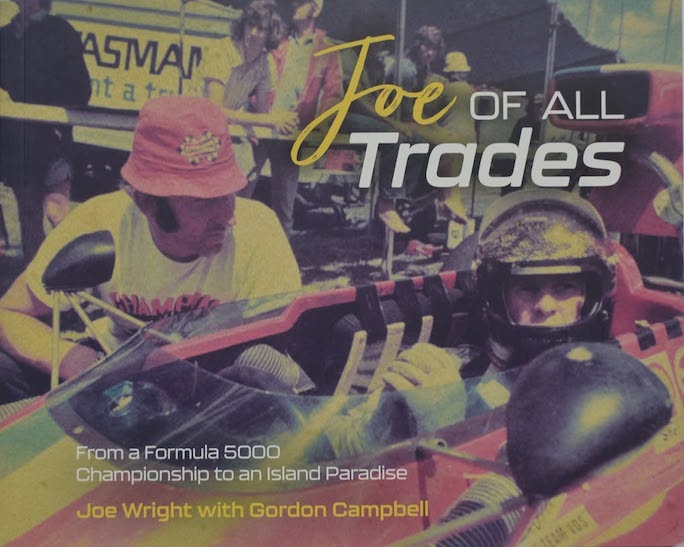
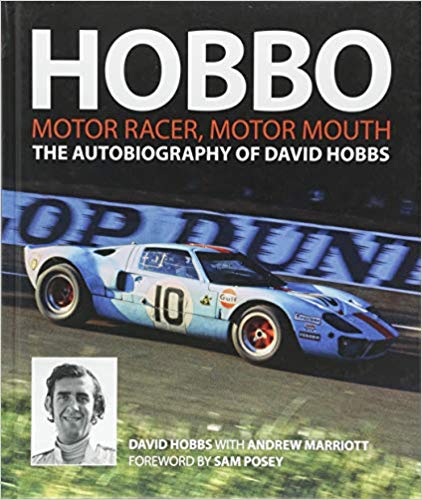





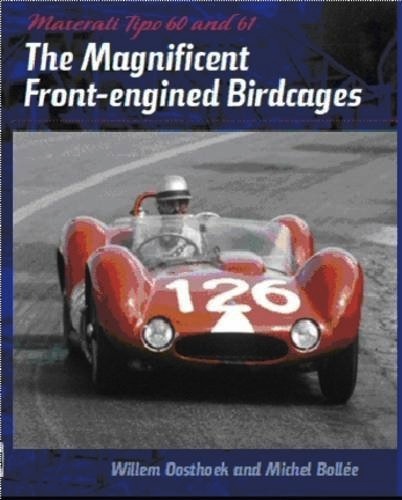
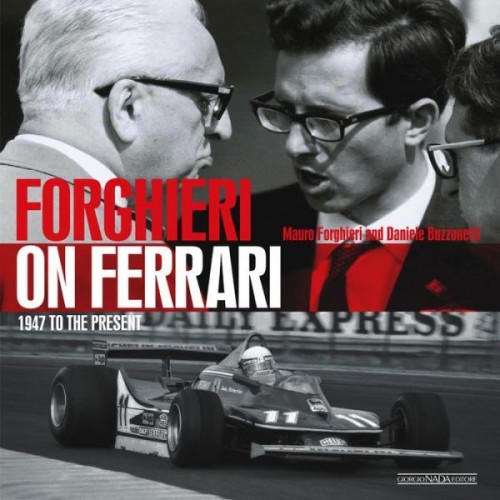


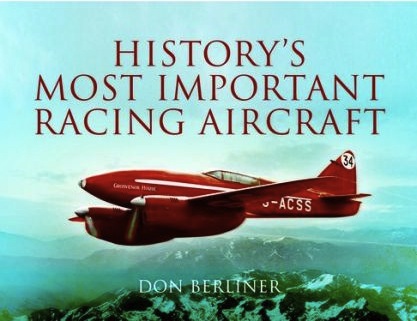

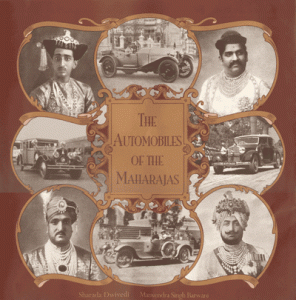


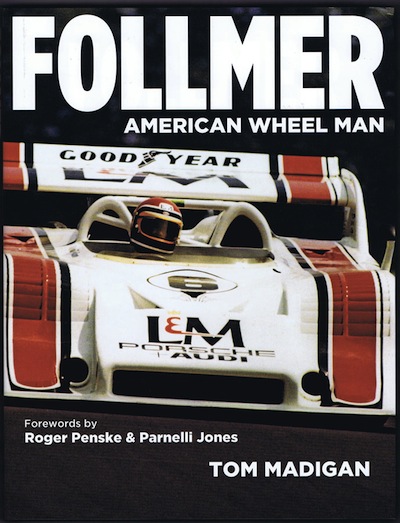
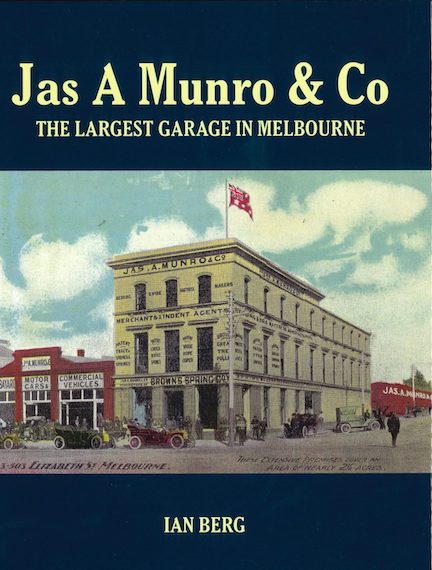
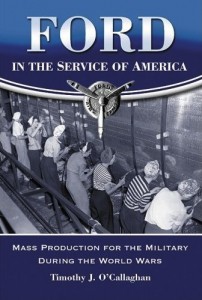

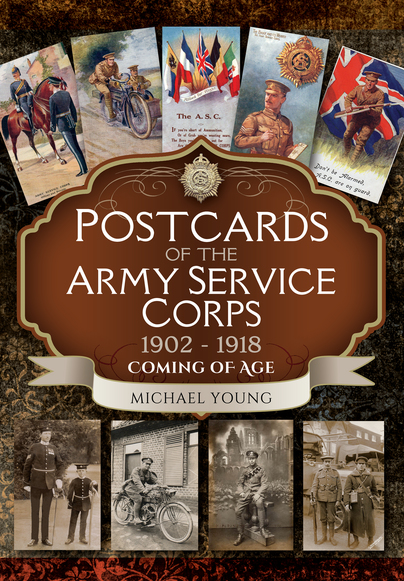
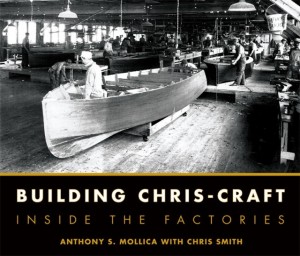
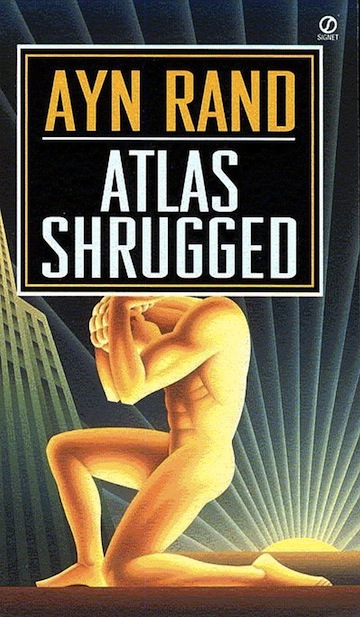
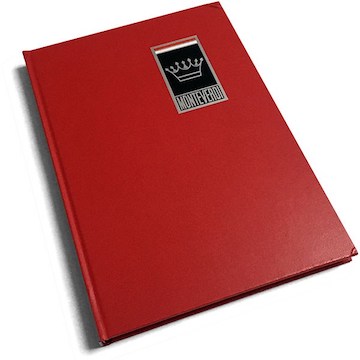
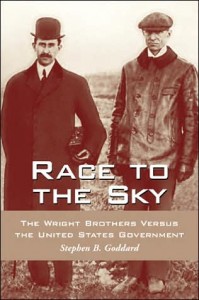
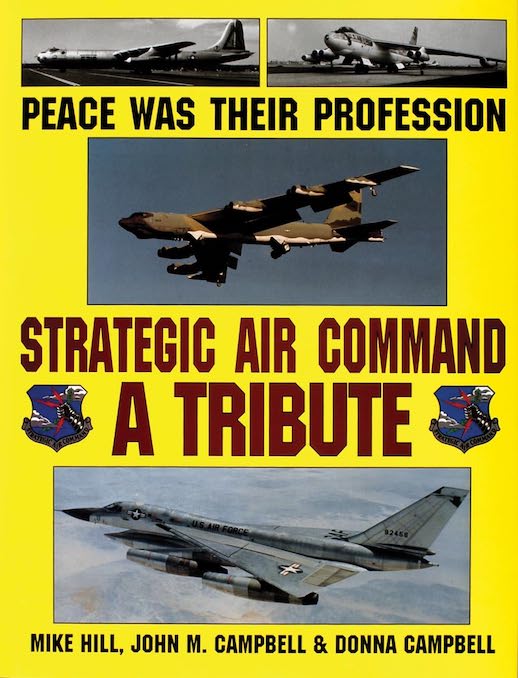

 Phone / Mail / Email
Phone / Mail / Email RSS Feed
RSS Feed Facebook
Facebook Twitter
Twitter